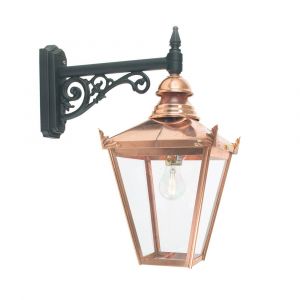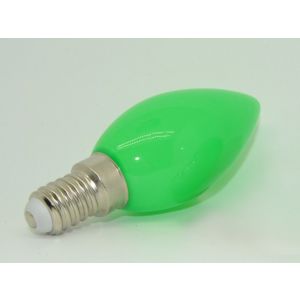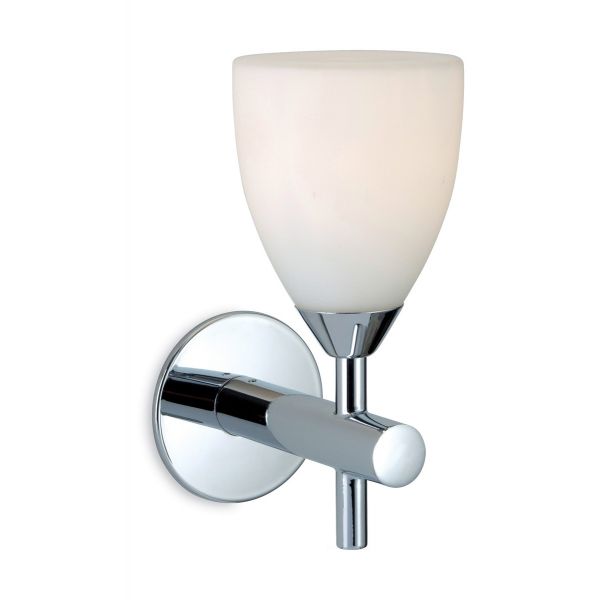We use cookies to make your experience better. To comply with the new e-Privacy directive, we need to ask for your consent to set the cookies. Learn more.
Energy Saving Light bulbs - lampwise.co.uk Est 1999


We Explain Some Common Misconceptions About Energy Saving Bulbs...
In a world where the cost of living is steadily increasing, it's not surprising that we're always looking for ways to cut back costs. One of the most common ways to contribute to these savings is through the use of low energy or energy saving light bulbs. Whilst this method can be extremely beneficial, it has to be done properly. In fact, some of these popular misconceptions with regards to energy saving lighting could actually be costing you more than you could potentially be saving:
Turning
Your Lights On & Off Will Cost You More Money
It's believed by many that turning your energy-saving lights on and off will actually cause you to use more energy than it would be leaving the lights on. This stems from the belief that the light bulb will use more energy to reboot after being turned off. This is not true. If you really want to save energy, and of course money, it's much more beneficial to turn your lights off when they are not needed, even if it's just for a short while.
LED Bulbs Cost More Than Regular Light Bulbs
True, a typical LED bulb itself will cost slightly more to purchase than a standard incandescent light bulb but you'd need to buy at least 8 new standard bulbs in the time it would take one LED bulb to reach the end of its life, costing you on average around £30 more. Considering the average UK household has about 30 light fixtures, it's not hard to imagine the savings you could be making by investing in LED bulbs throughout your home.
CFL Lighting Contains a Hazardous Amount Of Mercury
CFL light bulbs do contain a small amount of mercury, but it's nowhere near the amount it would take to cause any damage; unless of course, you were to take it apart and lick the inside, which we're guessing you wouldn't do?! In fact, the use of mercury in CFL light bulbs almost has a positive effect on the environment. The use of CFL lighting reduces the need for electricity, which reduces the need for coal burned by power plants, which reduces emissions of mercury from burning coal!
Energy Efficient Light Bulbs Aren't As Bright As Traditional Bulbs
In previous years, there's been much speculation about the brightness of energy saving bulbs, mostly surrounding the CFL bulb, which to be honest, isn't the best option for large rooms. Then along came to the wonderful LED bulb and all of our dull energy saving lighting problems were solved!
You Can't Use Dimmers With Energy-Saving Light Bulbs
Although there are some energy-saving light bulbs that aren't compatible with dimmers, there are also many on the market that is. You just need to ensure that it's the correct kind for use with your bulb. Some older style dimmers may damage the bulb so make sure you're using one that's designed for high-efficiency lighting. There are a number of universal dimmers that are also compatible with LED and CFL lamps alike.
LED Lighting Is A Complete Fool-Proof Solution
Unfortunately, there are still some poor quality LED bulbs on the market, receiving poor advice, or choosing the wrong colour, size or fitting can be a costly matter if they then turn out to be unsuitable. Do your research and take time to get some quality advice from a trusted
lighting supplier to ensure you're investing in a product that's suitable.
We hope this has helped clear a few things up and given you a better understanding of energy saving lighting!



 Amazon
Amazon



